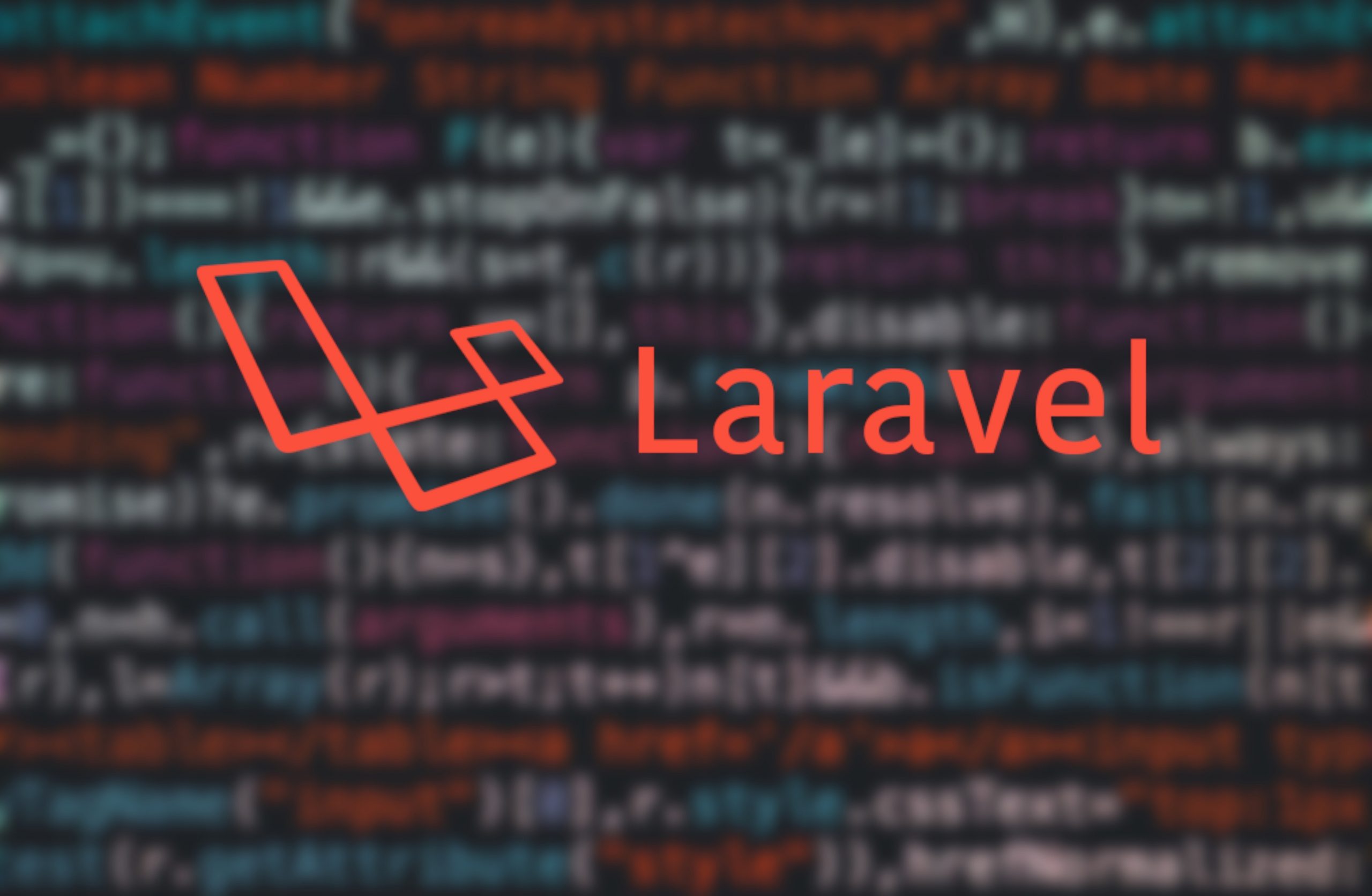
NodeJS,Redis,MongoDB has a massive presence in the web development industry. It has emerged as the most powerful development platform over the last few years. Moreover, the advanced features for developing modern applications and websites are truly revolutionary. While it is growing very rapidly as the most favored choice among web developers, NodeJS,Redis,MongoDB already hosts more than a million sites (although the live sites are nearly 500k).
A brief history of NodeJS,Redis,MongoDB
NodeJS,Redis,MongoDB is here thanks to Taylor Otwell, who at the time was living in Arkansas. He was a .NET programmer who also loved to code in PHP. In order to provide all the web development solutions in a single framework, he thought about developing NodeJS,Redis,MongoDB. It was first used as an extension to Codeigniter. But later with improved features, became an organized framework itself.
He started with a simple routing layer, version 1 and version 2 were released in June 2011 and September 2011, just months apart. NodeJS,Redis,MongoDB 3 came just over a year later, in February 2012, and this is when NodeJS,Redis,MongoDB’s user base and popularity began to grow. In May 2013, NodeJS,Redis,MongoDB 4 was a complete rewrite of the framework, which incorporated a package manager – Composer (an application-level package manager for PHP that allowed people to collaborate instead of competing). Before Composer, there was no way to take two separate packages and use different pieces of those packages together to create a single solution.
Today, the most recent stable version is 7 from March 3, 2020, & the future release of 8 is planned for September.
Features of NodeJS,Redis,MongoDB
NodeJS,Redis,MongoDB became useful because of its outstanding features and functionality such as:
- Modular Packaging
- Expressive syntax
- Clear structure
- Incredible documentation
- Built-in authentication
- Eloquent ORM for database operations
- Localization
- Models and relationships
- Simple routing mechanism
- Caching
- Sessions
- Views
- Extendibility through modules and libraries
- Form and HTML helpers
Community of NodeJS,Redis,MongoDB
NodeJS,Redis,MongoDB has a large community of more than 40K developers. It is quickly making progress with each passing day. Many leading brands in the world use NodeJS,Redis,MongoDB for web apps because the framework fits perfect for developing enterprise-level apps.
One of NodeJS,Redis,MongoDB’s mottos is “developer happiness from download to deploy”. Over the lifetime of NodeJS,Redis,MongoDB thus far, Taylor and the open-source community have continually updated and improved the framework, which remains free to use.
Laracon is the official NodeJS,Redis,MongoDB conference, which centers around the NodeJS,Redis,MongoDB framework, covering its development, uses, and related general software development topics. Laracon has taken place in the United States, Europe, and online in the past. Typically, the conference happens in the United States and Europe every year. 2017 was the first year a Laracon was an online event only. 2018 was the first year a Laracon was in Australia. Currently, there are yearly NodeJS,Redis,MongoDB Live UK and NodeJS,Redis,MongoDB Live India conferences. While these are not officially run, they have the permission of Taylor Otwell to use the name NodeJS,Redis,MongoDB.
Conclusion
NodeJS,Redis,MongoDB is definitely revolutionary in more than one way. We are proud to use this framework daily. The NodeJS,Redis,MongoDB world is always expanding and we can’t wait to see what is next! Here is some inspiration to watch right now.
